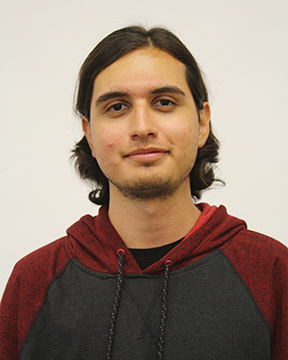Cerritos College could be moving on to a much better Canvas, figuratively and literally.
Sakai’s Talonnet has been the go-to website for Cerritos College faculty and students to give feedback and turn in work, but that may soon change for faculty.
There would not be changes for students because the system will still be referred to as Talonnet, and the only major difference will be the look and design, and it would be under the Canvas system.
On Tuesday, Nov. 24, the faculty senate made the decision to adopt Canvas, an alternative to Sakai.
“In 2014, the state put together a committee to develop an Online Education Initiative (OEI), which would develop a common online platform across the state,” according to Vice President of Student Affairs Joanna Schilling.
“After analysis and faculty feedback, Cerritos has decided we agree with the statewide recommendation and adopt Canvas as our online system.”
The faculty would be able to use Canvas two years for free, and if Canvas works for the school, the transition would be made permanently.
Cerritos College is still under contract with Sakai for a few years and a contract can be renewed, so there is no problem if Canvas doesn’t work out.
Psychology instructor and faculty senate president Michelle Lewellen was on board with testing out the new platform and agreed it would serve as a better alternative.
“Personally I prefer Canvas, it is more interactive, intuitive and all inclusive,” Lewellen said.
With Sakai’s Talonnet, the school has had to make add-on after add-on.
There is no need for any add-ons with Canvas, because it has everything the campus needs.
Canvas provides fast grading much like Sakai, but it also has a feature that allows professors to drag and drop information on calendars.
Canvas allows faculty to let students know if a class is cancelled by giving students a notification on their tablet or phone.
When assignments are turned in, professors can give visual feedback to students with corrections on papers, notes, videos and blogs to name a few.
Perhaps a big reason why the senate decided to approve to test the platform is because it allows faculty to create their own learning experience.
With open integrations, adding more detailed content, and being able to check grades with analytics.
Lewellen explained the first two years would be free and that it would cost anywhere from $20,000 to $95,000, closer to the latter.
The plan for the next two years is for faculty to use the same Talonnet system for Spring 2016, technical integration and faculty training will also take place during that time.
For any concerns regarding learning a new system, Schilling has confirmed there will be several training sessions to prepare faculty.
Faculty can begin to use the new system starting Summer 2016.
The goal is to leave the old Sakai program by Summer of 2017.









